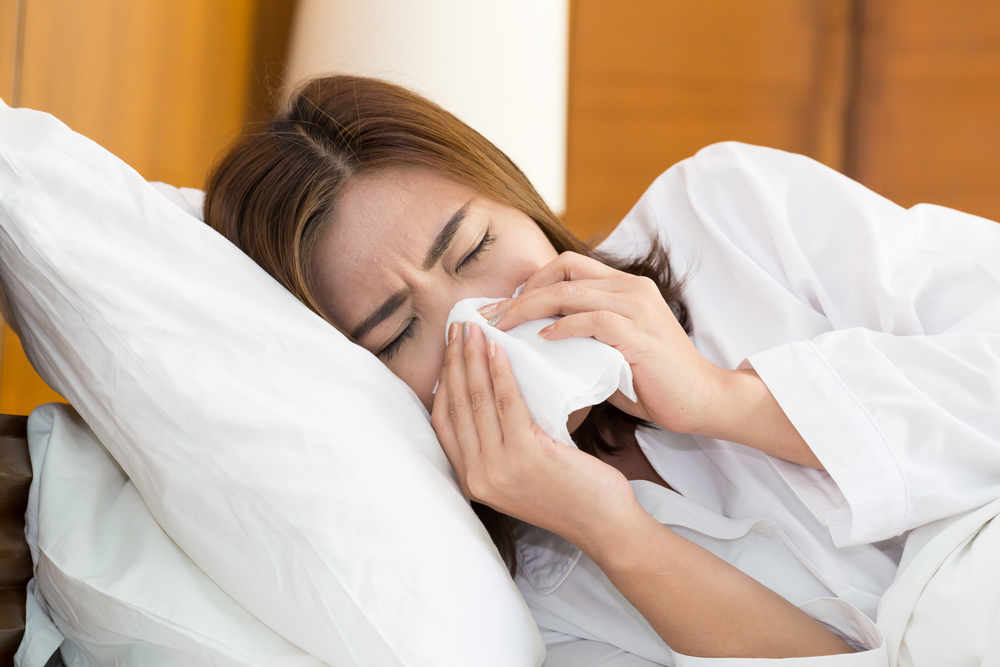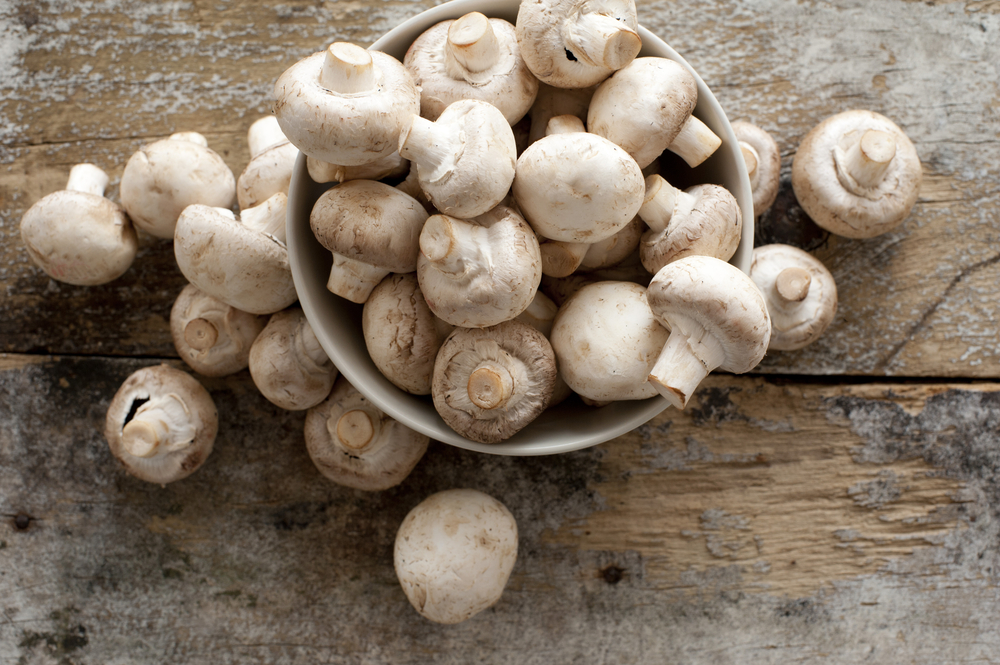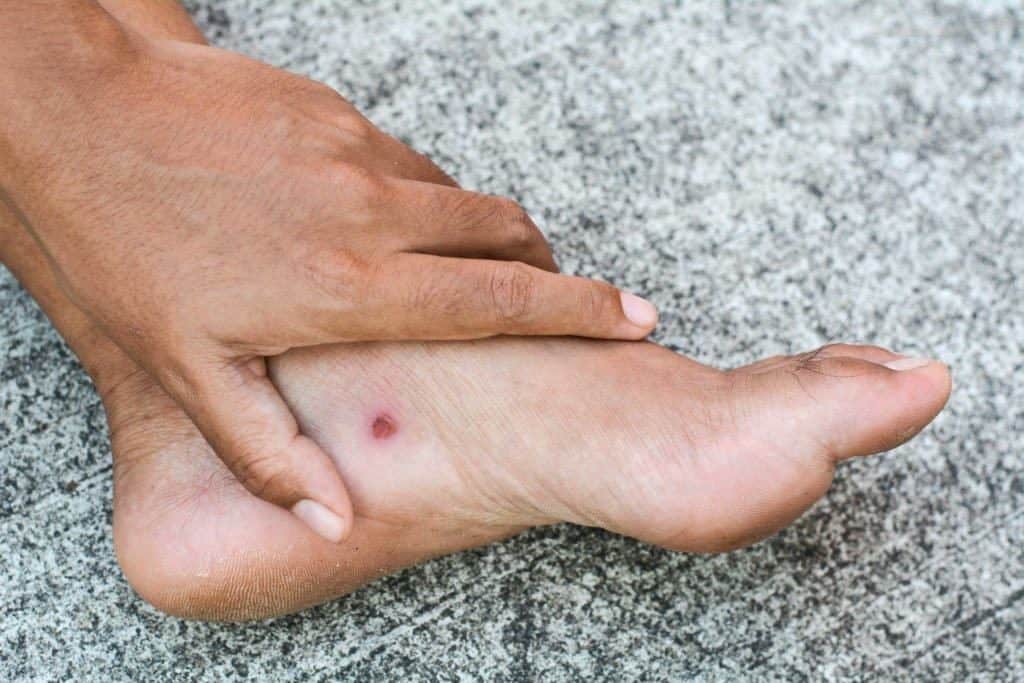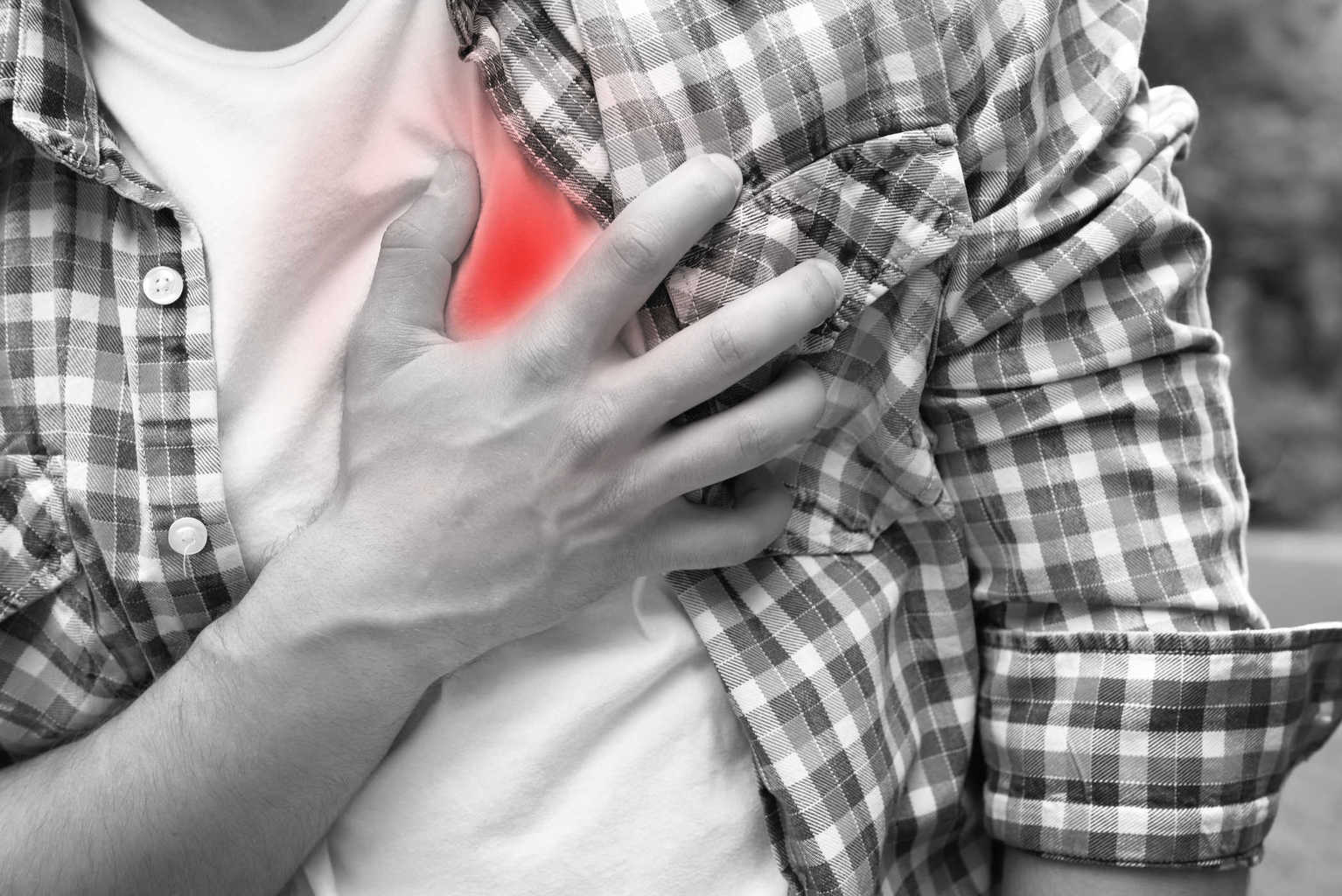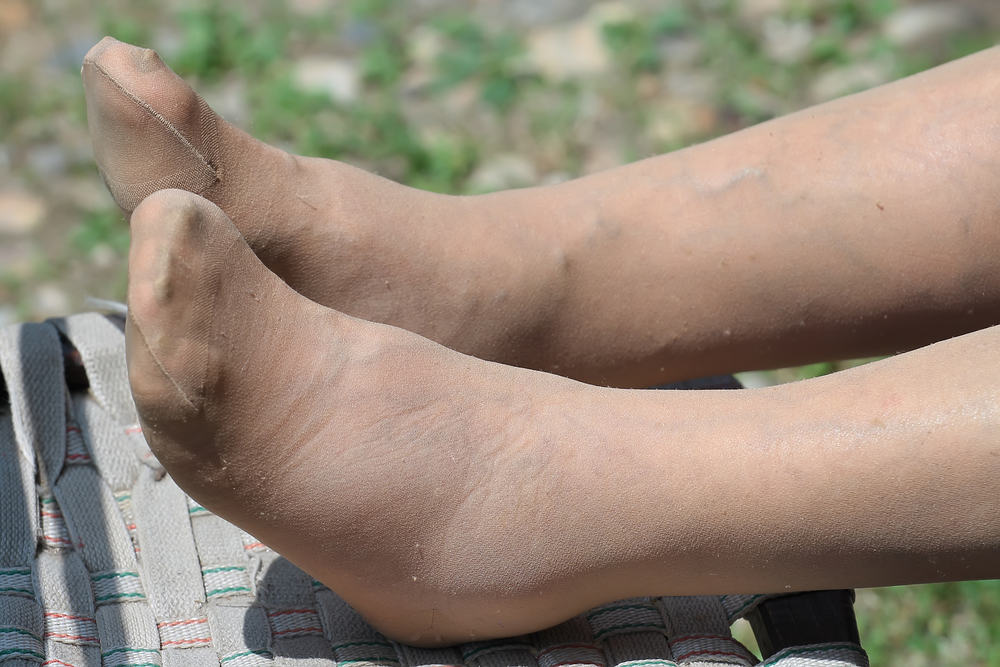Contents:
- Medical Video: Everything You Need to Know About the Keto Diet
- Keto flu is a collection of symptoms, not a real disease
- What are the symptoms of keto flu?
- Is there a way to prevent keto flu?
- If you already have keto flu, how do you deal with it?
- 1. Drink lots of water
- 2. Avoid strenuous exercise
- 3. Make sure the source of fat and protein is fulfilled
- 4. Get enough rest
- What might happen if keto flu is not immediately treated?
Medical Video: Everything You Need to Know About the Keto Diet
Before you decide to go on a keto diet, you should first understand what the pluses might be. Of the many side effects of the ketogenic diet, one of them causes you to experience various symptoms called keto flu. Usually, this condition appears in the first week you go on the keto diet. Actually, what are the symptoms of keto flu? Is it dangerous?
Keto flu is a collection of symptoms, not a real disease
Keto flu is a set of symptoms that are often experienced when someone has just started on a keto diet. The side effects of this one ketogenic diet occur because the body is trying to adapt to a new diet that is low in carbohydrate intake.
The reason is, when undergoing this diet your body is forced to replace the energy source from glucose to ketone, which is the acid produced when the body begins to use fat as energy. Because usually, the supply of body fat is only used as a backup energy source when glucose has run out.
Well, the transition of energy sources from carbohydrates to fat is referred to as ketosis. Finally, various symptoms arise as a response to changes that occur in the body.
What are the symptoms of keto flu?
The body considers the transition from a normal diet to a low carbohydrate diet to be a big change. Therefore, those of you who are just starting on a keto diet will generally feel some symptoms that resemble flu as a form of body adaptation.
Symptoms of keto flu will usually appear within one to two days after starting the keto diet, and it takes a maximum of two weeks to completely heal. Symptoms that will arise due to the side effects of this ketogenic diet, namely:
- Nausea and vomiting
- Constipation
- Diarrhea
- Headache
- Fatigue
- Difficult to concentrate
- Stomach ache
- Muscle ache
- Hard to sleep
Just like the flu, the symptoms of keto flu that everyone feels are not always the same. Some people may even experience these side effects altogether. In other words, the symptoms of keto flu often only appear on the body that is not yet quickly accustomed to processed foods that are low in carbohydrates but high in protein and fat.
That is why, these people need a struggle and a longer time until they can really apply the real keto diet.
Is there a way to prevent keto flu?
Amy Gorin, R.D.N, a nutritionist and owner of a nutrition clinic in New York, explained that you don't need to be in a hurry when you start trying the keto diet. Instead, reduce your carbohydrate intake slowly while increasing food sources of fat and protein.
Make sure you have carefully planned what foods you should eat in the next week. Do not forget to increase the source of fiber, such as vegetables and fruit, in daily food to reduce the risk of constipation.
If necessary, you can also consult directly with a nutritionist about what kind of diet can help smooth your keto diet process.
If you already have keto flu, how do you deal with it?
But if you haven't had the chance to prevent keto flu attacks, there's no need to worry. The following methods can help to restore the annoying keto flu:
1. Drink lots of water
In fact, the keto diet actually affects the amount of fluid in the body, so it can make you dehydrated. The reason is, glycogen deposits (muscle glucose) derived from carbohydrates, over time will begin to be replaced with ketones. In fact, glycogen can bind fluids in the body.
Therefore, when carbohydrate intake slowly decreases and glycogen begins to be replaced, the water content in glycogen will also come out of the body.
Low levels of fluid in the body can lead to conditions of fatigue and muscle pain, which are often symptoms of keto flu.
2. Avoid strenuous exercise
We recommend that you delay a while to do strenuous exercise when you are just starting to consistently undergo the keto diet. This is not without reason. Because, the symptoms of keto flu are usually accompanied by fatigue, muscle aches, and discomfort in the stomach which makes you have to focus on resting.
Even so, you can still do other light activities such as walking, yoga, or cycling.
3. Make sure the source of fat and protein is fulfilled
The process of adaptation and transition of the body from a normal diet to a low-carbohydrate diet, of course can make you want to eat foods that are actually prohibited in this diet, such as bread, pasta, and others.
For the sake of combining it, try eating enough sources of fat and protein to help reduce hunger and prevent you from eating other carbohydrate sources.
4. Get enough rest
Without realizing it, lack of sleep can lead to increased levels of cortisol or stress hormones in the body. Finally, it can actually make you bad moodirritable, easily tired, to worsen the symptoms of keto flu.
Ideally, the key to overcoming fatigue while undergoing a keto diet is to increase sleep and rest, according to research published in the International Organization of Psychophysiology.
What might happen if keto flu is not immediately treated?
Actually it's the same as when the body is sick and not fit. You will continue to be enveloped in discomfort that makes you difficult and lazy to have normal activities.
More than that, the keto diet that you are undergoing is becoming less than optimal. In the end, there is no positive effect you can get from this keto diet.

